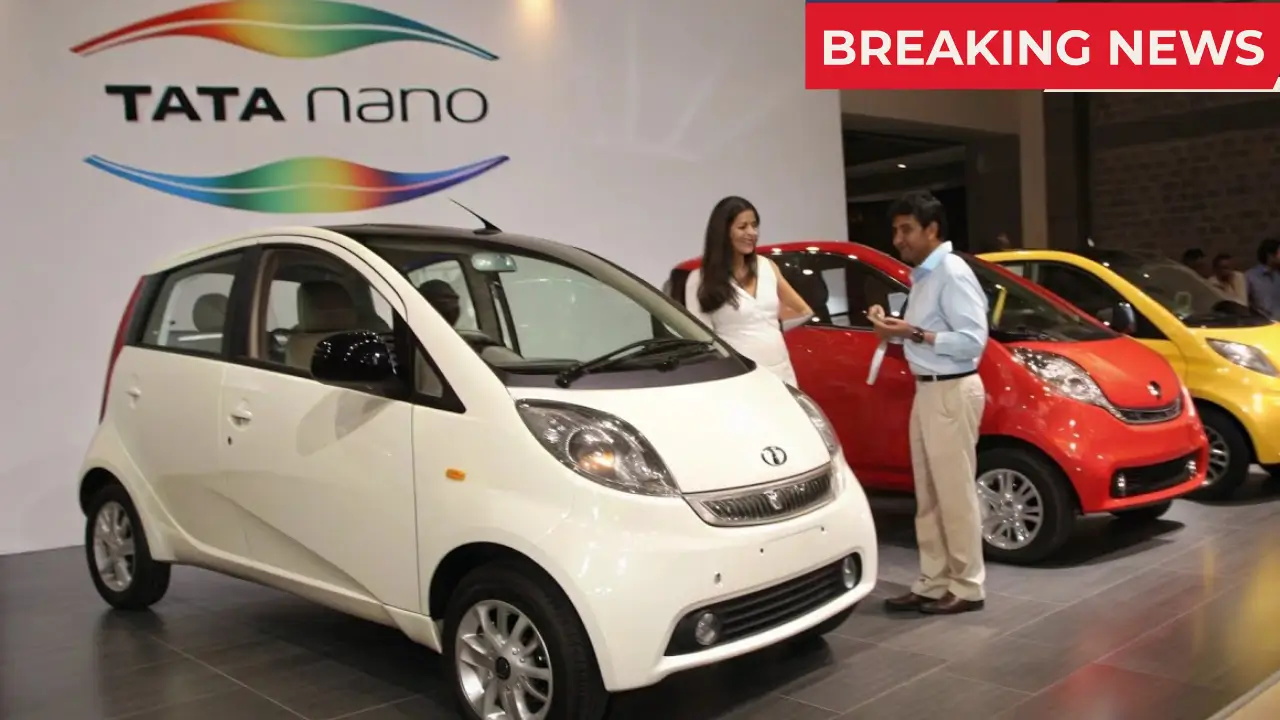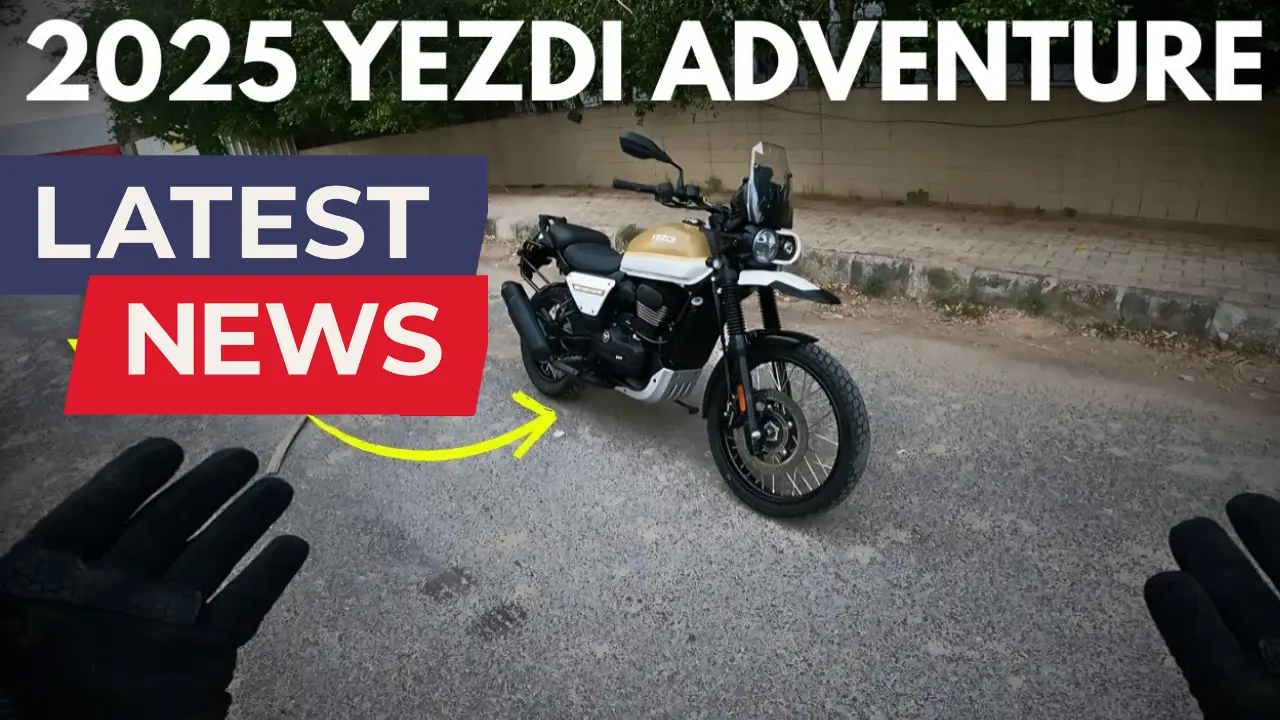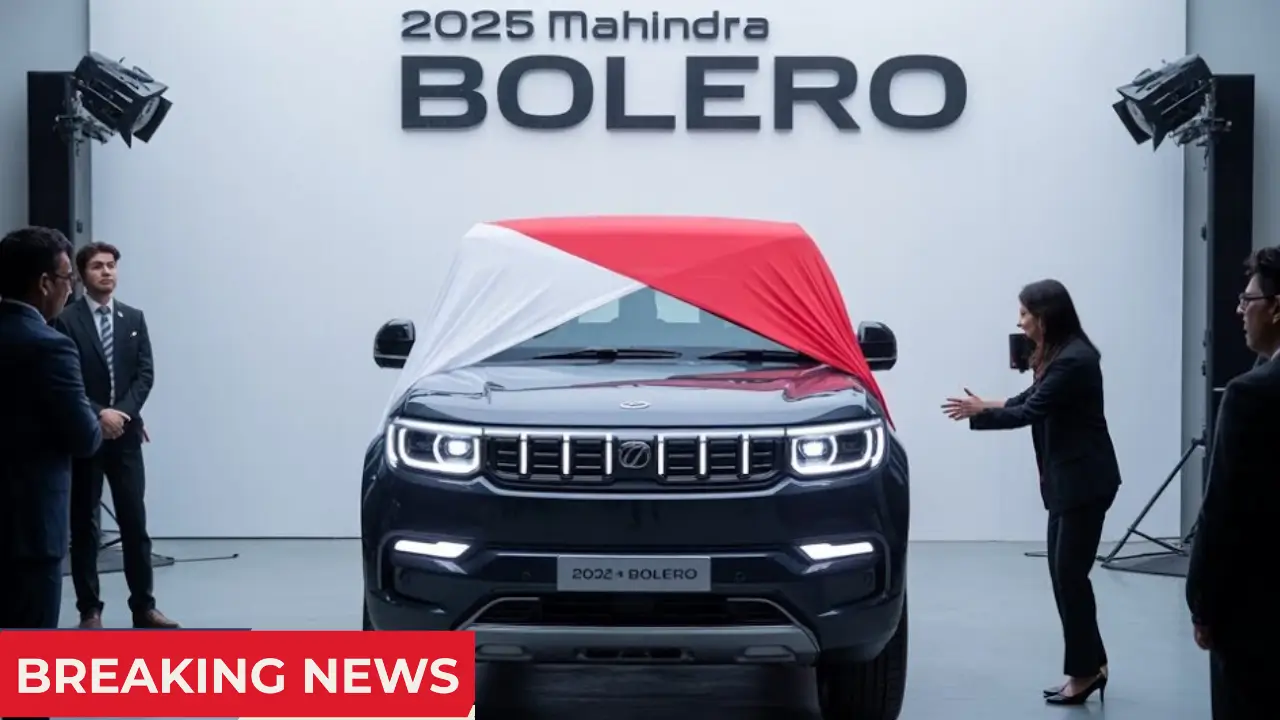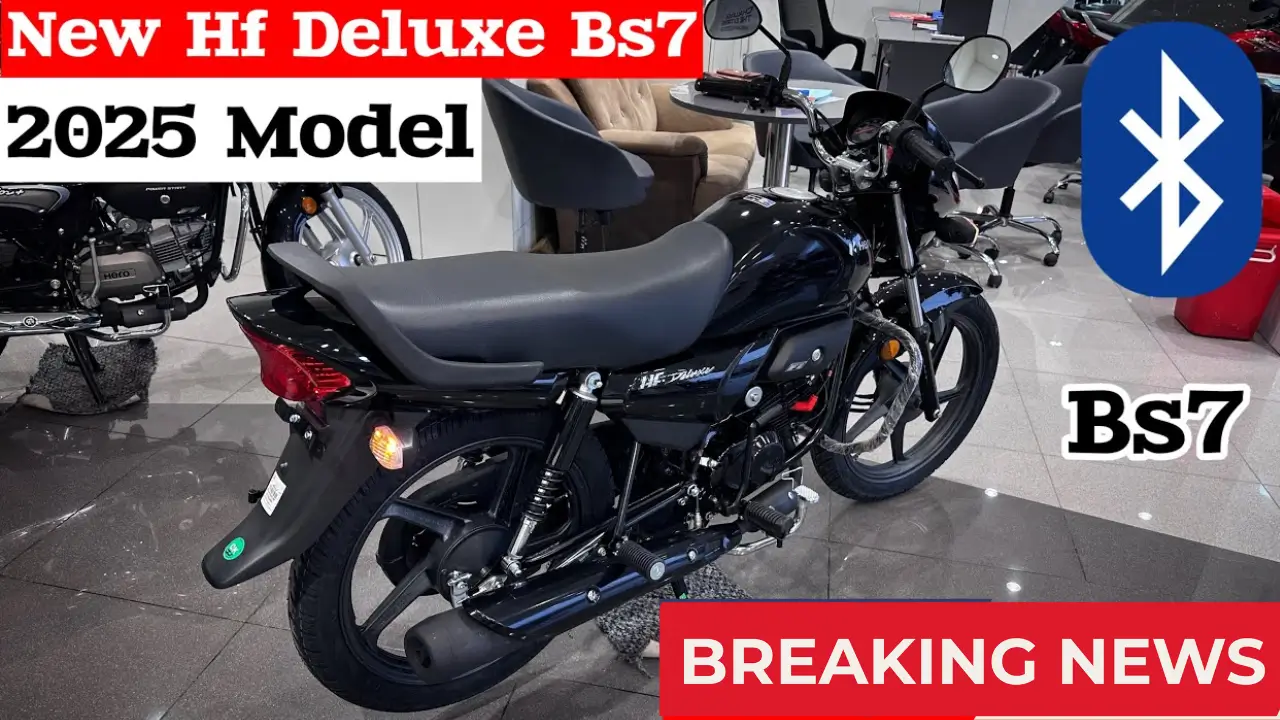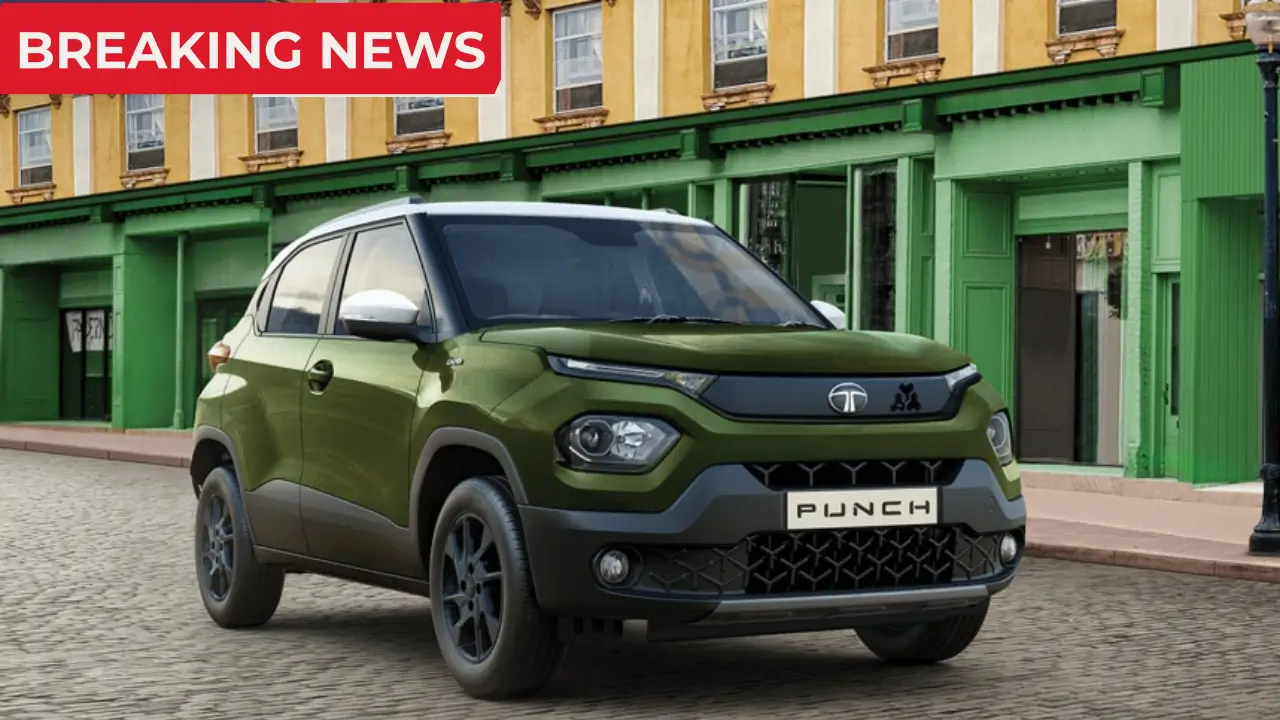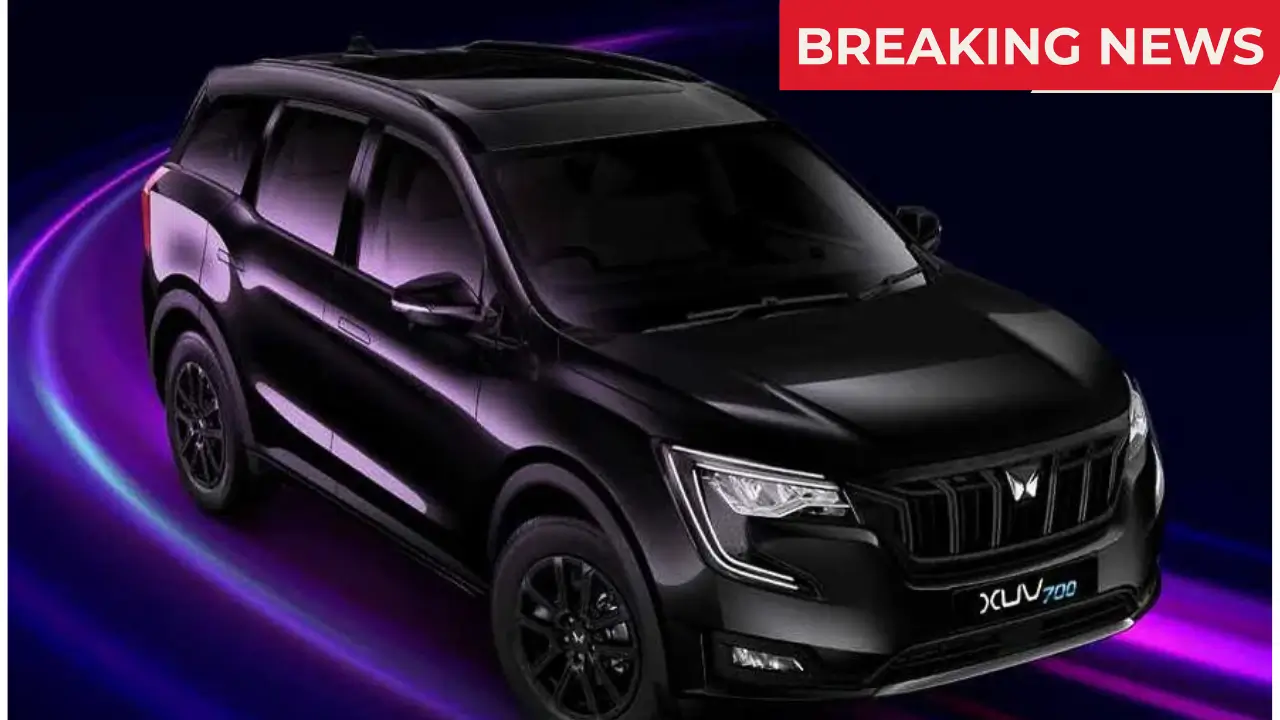The Indian automobile market is witnessing a revolution, especially in the electric vehicle (EV) segment. With rising petrol prices and increasing demand for eco-friendly mobility, people are now looking for affordable electric cars that can match or even surpass the power and mileage of premium bikes like the Royal Enfield Bullet. Tata Motors, a name synonymous with innovation and value, is set to make headlines again with the expected launch of the Tata Nano EV 2025. This new avatar of the iconic Nano promises to deliver a powerful engine, impressive mileage, and modern features—all at a price point that rivals high-end motorcycles.
For many Indian families, owning a car is a dream often limited by budget constraints. The Tata Nano, once known as the world’s cheapest car, is now being reimagined as an electric vehicle to suit the needs of today’s urban commuters. The Tata Nano EV 2025 is expected to offer not just affordability, but also the convenience, comfort, and safety that modern buyers demand. With a compact design, advanced battery technology, and a host of safety features, the Nano EV aims to bridge the gap between two-wheelers and four-wheelers, making car ownership accessible to a wider audience.
In this article, we will explore everything you need to know about the Tata Nano EV 2025—from its expected price, engine and battery specifications, mileage, features, and safety, to how it compares with premium bikes and other entry-level cars. Whether you are a student, a city commuter, or someone looking to upgrade from a bike to a car, this detailed guide will help you understand why the Tata Nano EV 2025 could be the best choice for you.
Tata Nano EV 2025
The Tata Nano EV 2025 is expected to be India’s most affordable electric car, targeting buyers who want to shift from two-wheelers to four-wheelers without stretching their budget. With a price tag close to that of a Royal Enfield Bullet, the Nano EV combines the benefits of a compact hatchback with the latest electric vehicle technology.
Overview
| Feature | Details |
|---|---|
| Expected Price | ₹5 lakh – ₹6 lakh (ex-showroom) |
| Body Type | Hatchback |
| Seating Capacity | 4 Seater |
| Battery Capacity | 17-24 kWh (some sources mention up to 40kWh) |
| Range (Single Charge) | 200 – 300 km |
| Charging Time | Fast charging: 1.5 hours Normal: 6-7 hrs |
| Transmission | Automatic |
| Safety Features | 2 Airbags, ABS, Rear Parking Sensors |
| Top Speed | 80 km/h |
| Warranty | 3 years/1.25 lakh km (battery: 8 years/1.6 lakh km) |
| Launch Status | Expected in 2025 |
Price and Budget Comparison
One of the biggest highlights of the Tata Nano EV 2025 is its budget-friendly price. The expected ex-showroom price is between ₹5 lakh and ₹6 lakh, making it almost equal to or slightly higher than the price of a premium bike like the Royal Enfield Bullet, which costs around ₹2 lakh to ₹2.5 lakh (on-road). However, when you consider the long-term savings on fuel and maintenance, the Nano EV becomes even more attractive.
Why Nano EV is a Game-Changer in the Budget Segment
- Low Initial Cost: Priced close to high-end motorcycles, making it accessible for first-time car buyers.
- Low Running Cost: Electric vehicles have much lower running costs compared to petrol bikes and cars.
- Government Subsidies: Buyers may benefit from state and central government EV subsidies, further reducing the effective price.
Engine, Battery, and Mileage
The Tata Nano EV 2025 is expected to come with a modern lithium-ion battery pack. While different sources mention battery capacities ranging from 17 kWh to 40 kWh, most reports suggest a practical battery size of around 17-24 kWh for the Indian market.
Engine and Battery Specifications
- Battery Type: Lithium-ion, liquid-cooled
- Battery Capacity: 17 kWh – 24 kWh (some sources mention up to 40 kWh for higher variants)
- Motor Power: Not officially confirmed, but expected to deliver smooth city performance
- Transmission: Automatic for easy driving in traffic
- Regenerative Braking: Yes, for improved efficiency
Mileage Per Charge
- City Range: 200 – 250 km on a single charge (standard variant)
- Maximum Range: Up to 300 km (higher battery variant)
- Charging Time: Fast charging up to 80% in 1 to 1.5 hours; normal home charging takes 6-7 hours
- Top Speed: 80 km/h, suitable for city and short highway trips
Statistical Insight: The average daily commute in Indian cities is around 30-40 km. With a single charge offering up to 250 km, most users will need to charge the Nano EV only once a week.
Features and Comfort
The Nano EV is expected to come with several features that make it comfortable and convenient for daily use:
- Touchscreen Infotainment System: Expected in higher variants
- Steering-Mounted Controls: For easy access to music and calls
- All Power Windows: For added comfort
- Semi-Digital Driver’s Display: Modern dashboard look
- Manual AC: Standard for all variants
- Power Steering: For effortless city driving
- Bluetooth Connectivity: For music and hands-free calls
- USB Charging Port: For mobile devices
- Front and Rear Speakers: Entertainment on the go
Safety Features
Tata Motors is focusing on safety in the new Nano EV, making it a reliable choice for families and young drivers.
- Dual Airbags: For driver and front passenger
- Anti-Lock Braking System (ABS): Prevents skidding during sudden braking
- Electronic Brakeforce Distribution (EBD): For balanced braking
- Rear Parking Sensors: Helps in tight parking spaces
- Rear View Camera: Expected in higher variants
- Crash Test Compliance: Meets latest safety norms
- Seat Belt Warning, Door Ajar Warning, Overspeed Warning: Standard alerts for safety
Design and Exterior
The 2025 Nano EV is expected to retain its compact hatchback design but with a modern twist:
- Sleek Headlamps and LED DRLs: For a stylish look
- Body-Colored Bumpers and Door Handles: Adds to the premium feel
- EV-Specific Front Grille: Distinctive electric identity
- Steel Wheels: For durability
- Compact Size: Easy to maneuver and park in crowded cities
Interior and Space
Despite its compact size, the Nano EV offers good space for four adults:
- Seating Capacity: 4 adults
- Fabric Upholstery: Comfortable for daily use
- Ample Legroom: Especially in the front seats
- Glove Compartment: For storage
- Semi-Digital Instrument Cluster: Modern and informative
- Front and Rear Power Windows: Added convenience
Charging and Maintenance
- Charging Port: CCS 2 standard for compatibility
- Home Charging: Plug into a regular socket for overnight charging
- Fast Charging: 0-80% in about 1 to 1.5 hours at public fast chargers
- Maintenance Cost: Lower than petrol cars, as EVs have fewer moving parts
Battery Warranty: 8 years or up to 1.6 lakh km, ensuring peace of mind for buyers.
Comparison with Bullet Bike
| Feature | Tata Nano EV 2025 | Royal Enfield Bullet 350 |
|---|---|---|
| Price (ex-showroom) | ₹5-6 lakh | ₹2-2.5 lakh |
| Fuel Type | Electric | Petrol |
| Range/Mileage | 200-300 km/charge | 35-40 km/litre |
| Seating Capacity | 4 | 2 |
| Safety | Airbags, ABS, Sensors | Basic |
| Running Cost | Very Low | High (petrol) |
| Maintenance | Low | Moderate |
| Pollution | Zero Emission | Emits CO2 |
| Comfort | AC, Power Windows | No AC, basic comfort |
Key Takeaway: For a slightly higher initial investment, the Nano EV offers more space, safety, and comfort, with much lower running costs and zero emissions compared to a premium bike.
Comparison with Other Entry-Level Cars
| Car Model | Price (ex-showroom) | Fuel Type | Range/Mileage | Transmission | Safety Features |
|---|---|---|---|---|---|
| Tata Nano EV | ₹5-6 lakh | Electric | 200-300 km | Automatic | Airbags, ABS |
| Maruti Alto K10 | ₹4.5-6 lakh | Petrol | 22-24 km/l | Manual/Auto | Airbags, ABS |
| Tata Tiago EV | ₹8-12 lakh | Electric | 250-315 km | Automatic | Airbags, ABS |
| Renault Kwid | ₹5-7 lakh | Petrol | 22-25 km/l | Manual/Auto | Airbags, ABS |
Who Should Buy?
- City Commuters: Ideal for daily office travel and urban driving
- Students: Affordable and easy to drive, with low running costs
- First-Time Car Buyers: Perfect upgrade from a bike or scooter
- Families: Safe and comfortable for small families
- Eco-Conscious Buyers: Zero emission vehicle for a greener future
Pros and Cons
Pros:
- Extremely affordable for an electric car
- Low running and maintenance costs
- Good range for city use
- Compact and easy to drive
- Modern safety and comfort features
Cons:
- Limited space for luggage
- Top speed suitable only for city and short highway drives
- Not ideal for large families or long-distance travel
Expected Launch and Availability
As of June 2025, Tata Motors has not officially confirmed the launch date, but industry experts expect the Nano EV to hit the market by late 2025. The car is likely to be available in major cities first, with bookings opening online and at Tata dealerships across India.
Conclusion
The Tata Nano EV 2025 is set to redefine affordable mobility in India. With its powerful electric engine, impressive mileage, and modern features, it offers a compelling package for buyers looking to upgrade from a bike to a car without breaking the bank. Its price, close to that of a premium motorcycle, combined with low running costs and zero emissions, makes it a smart choice for the future.
If you are planning to buy a vehicle in 2025, the Tata Nano EV deserves your attention. It promises the comfort and safety of a car, the running cost of a scooter, and the eco-friendliness of an electric vehicle—all in one compact, stylish package.

